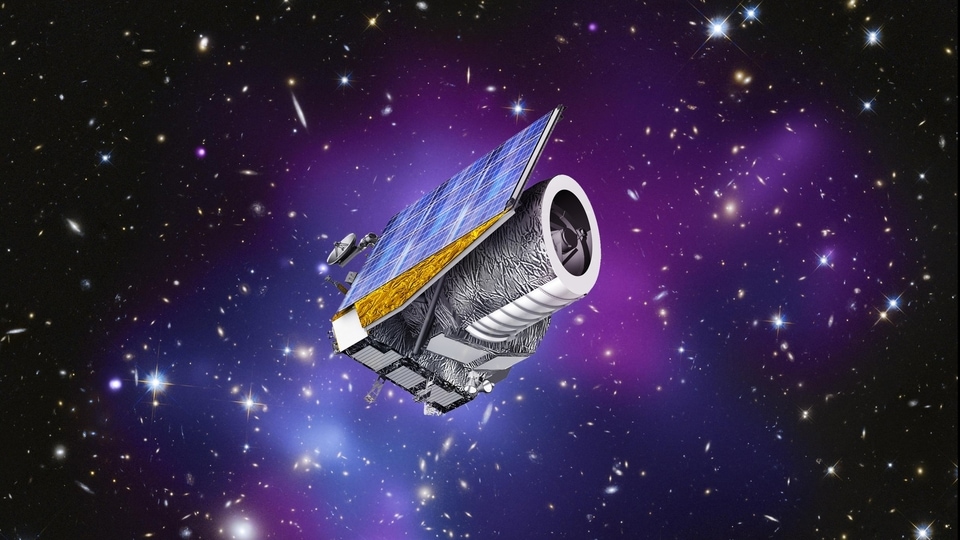What is the mysterious and hidden Dark Energy that NASA, ESA have joined forces to tackle
NASA and ESA have joined hands for the study of dark energy through two new telescopes.

Dark energy, and dark matter, take us into a world of the invisible universe that is very much there, but we cannot observe it. And it is bigger than the observable universe! And now, NASA and ESA are tackling this mysterious force right in earnest to reveal its hidden secrets. According to NASA, dark energy and dark matter are an invisible form of matter that make up most of the universe's mass and creates its underlying structure. 68% of the universe is dark energy, and the rest 27% is dark matter which leaves only 5% of the universe that includes our Earth, Sun, planets, and all that we have observed so far. Shocking, right?
Over the years scientists have been trying to thoroughly investigate the matter that surrounds us. but no solid explanations emerged. However, to solve the mystery, NASA and the European Space Agency (ESA) have joined forces to study why the universe's expansion is speeding up. The mission should reveal Dark energy's role in the cosmic acceleration . This dark energy is the force that is accelerating the expansion of the universe, something that NASA's Hubble Space Telescope revealed to the shock of astronomers. Till then it was believed that the expansion would slow and eventually retreat. But Hubble indicated that in the past, the universe was expanding slower than today and that it is actually accelerating.
Now, NASA and ESA will jointly explore dark energy. ESA's Euclid Space Telescope is set to launch in July to explore why the universe's expansion is speeding up. Scientists call the unknown cause of this cosmic acceleration “dark energy.” By May 2027, NASA's Nancy Grace Roman Space Telescope will join Euclid to reveal the secrets of Dark Energy. It will clear up whether the universe's accelerated expansion is caused by an additional energy component, or whether it signals that our understanding of gravity needs to be changed in some way, says NASA.
“With these upcoming telescopes, we will measure dark energy in different ways and with far more precision than previously achievable, opening up a new era of exploration into this mystery”, Jason Rhodes, a senior research scientist at NASA's Jet Propulsion Laboratory in Southern California.
Roman and Euclid's contributions
As per NASA. both Euclid and Roman are specifically designed to study cosmic acceleration, but both have different strategies. Both telescopes will create 3D maps of the universe to study the fundamentals of universe structure and its history.
As Euclid observes a larger portion of the sky at infrared and optical wavelengths, it will cover approximately 15,000 square degrees of the sky. As the universe ages, it will look back 10 billion years to about 3 billion years old.
Roman study will cover a smaller area, about 2,000 square degrees, but with greater precision and depth. It will also study closer galaxies and study regions outside our solar system.
“Together, Euclid and Roman will add up to much more than the sum of their parts,” said Yun Wang, a senior research scientist at Caltech/IPAC in Pasadena, California, who has led galaxy clustering science groups for both Euclid and Roman. “Combining their observations will give astronomers a better sense of what's actually going on in the universe.”
Catch all the Latest Tech News, Mobile News, Laptop News, Gaming news, Wearables News , How To News, also keep up with us on Whatsapp channel,Twitter, Facebook, Google News, and Instagram. For our latest videos, subscribe to our YouTube channel.































